Too much could be too much
The capabilities that cloud-based commerce unlocks may present an interesting challenge for any enterprise. In a company where applications updates have been released on a quarterly basis, users may need to adjust to the experience of multiple daily updates. Kelly Goetsch, Chief Product Officer at commercetools, said that “One of the biggest challenges that our customers have is they're not used to releasing so fast. A large UK retailer, for example, was releasing 10 times a year when we began working with them. In 2020, they released 5,000 times. The business actually had to throttle back the IT team because it couldn't keep up from a business requirements standpoint".
COVID has obviously had an impact as well: in the last 12 to 16 months, we’ve seen a rapidly increasing shift from the store to online shopping. In addition, the customer is demanding a mixed experience (for example, online shopping + curbside pickup). The shopping experience needs to transcend all channels, offering a frictionless and customised journey in whichever channel the customer is, rather than developing solutions that are channel specific. A key element of a blended experience is ensuring the inventory availability that is shown online is available for pickup in-store in a timely manner. Having the data ready to support this will increase conversion and frequency of purchases.
This situation, where IT is now faster than the business’s ability to adapt, can be a fundamental change in culture that may take time to iron out. It’s important, therefore, for technology leadership to think in terms of how much is enough but not too much, and how update frequency may need to be coordinated with the business and perhaps increased over a period of time.




